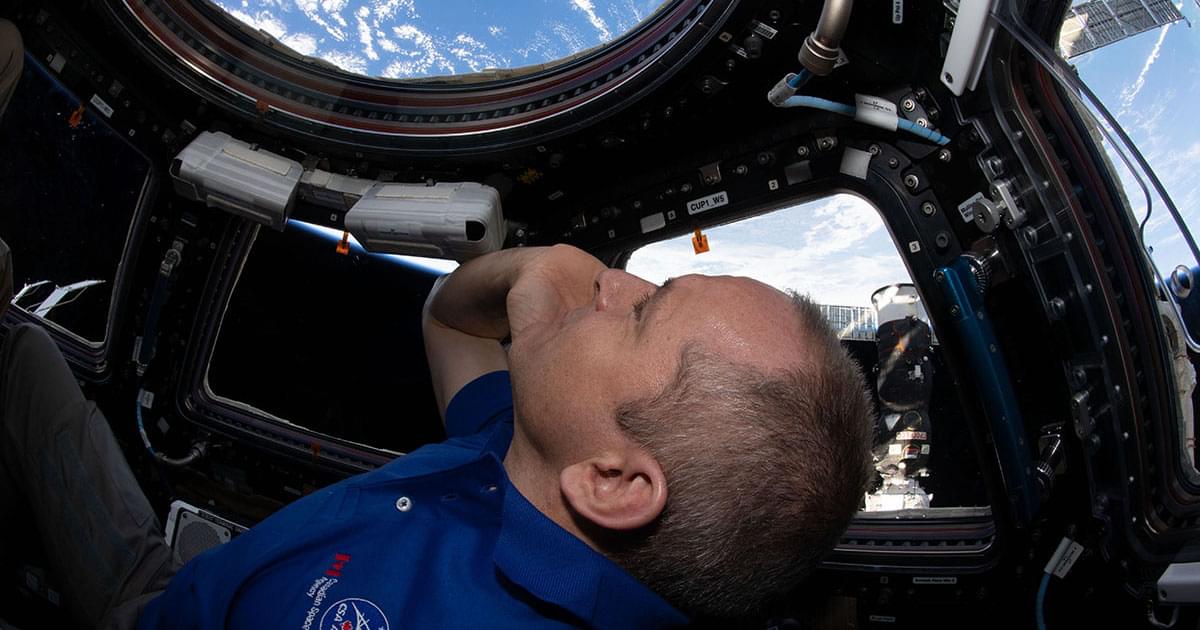Oral hygiene has been linked to multiple health conditions, including dementia and diabetes.
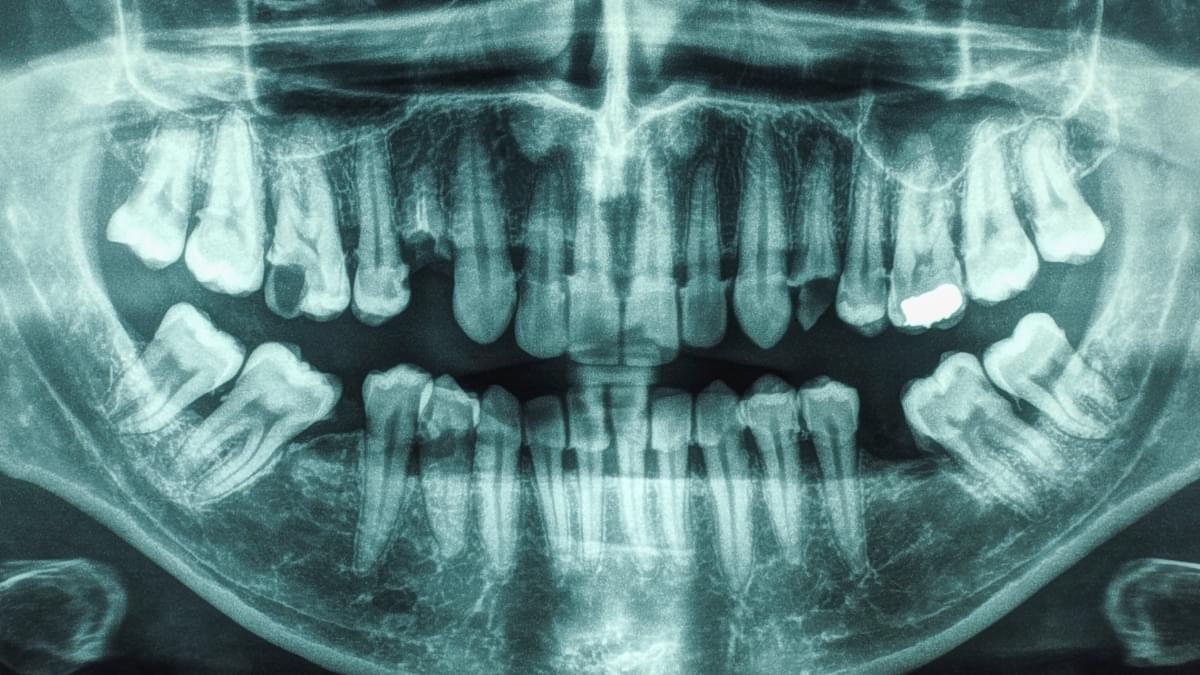

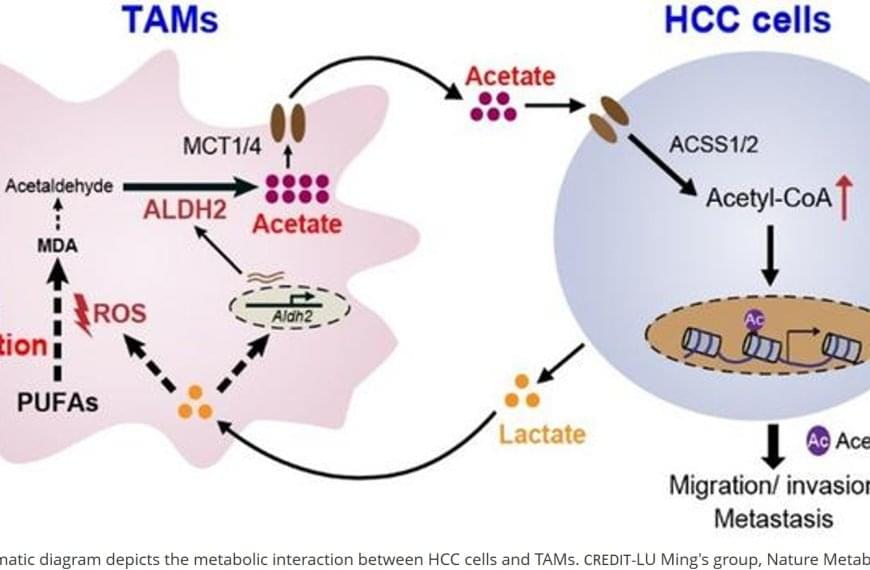
@The researchers have revealed a mechanism that triggers metastasis of hepatocellular carcinoma (HCC)—the most common type of primary liver cancer—through the production of acetate by tumor-associated macrophages.
Acetate is important to cancer metastasis because it promotes the synthesis of acetyl-coenzyme A (acetyl-CoA), which is a pivotal metabolic intermediate in the catabolism of glucose, lipids, and amino acids, as well as the biosynthesis of lipids and the TCA cycle. Acetyl-CoA also functions as a signaling molecule due to its role in lysine acetylation. Increased acetyl-CoA production is characteristic of metastatic cancers.
Researchers have known that acetate levels in the blood are significantly lower than in cancer tissues, suggesting the presence of acetate-producing cells within the cancer microenvironment. However, the exact source of acetate in the cancer microenvironment was previously unclear.
The researchers have now identified a key acetate source by revealing how HCC cells trigger acetate secretion by tumor-associated macrophages (TAMs) through a metabolic interaction involving lactate and the lipid peroxidation–aldehyde dehydrogenase 2 (ALDH2) pathway.
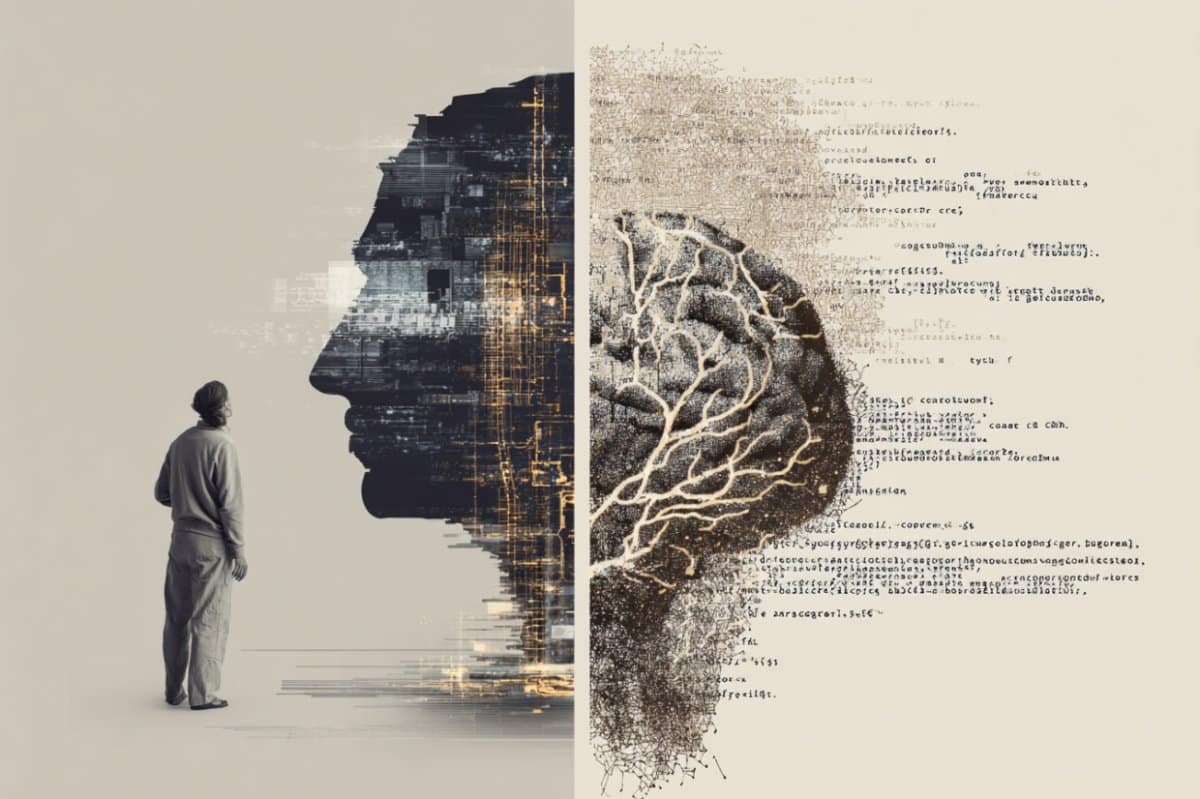
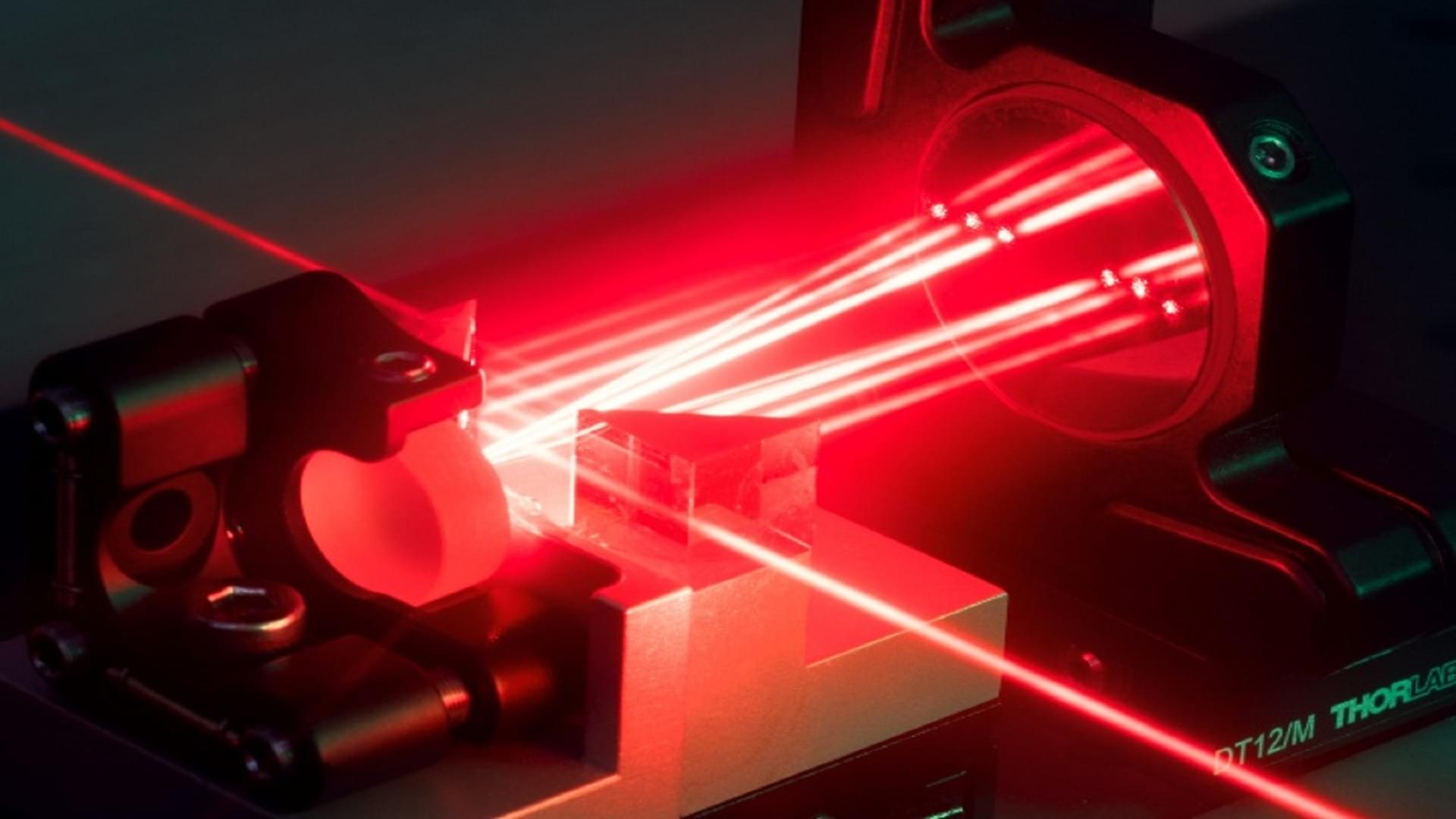
Six of the most influential minds in artificial intelligence joined FT Live for an exclusive conversation on how their breakthroughs and the current state of AI are shaping our world.
On 6 November, Jensen Huang, Yoshua Bengio, Geoffrey Hinton, Fei-Fei Li, Yann LeCun, and Bill Dally spoke with the FT’s AI editor, Madhumita Murgia at the FT Future of AI Summit in London. Together, they reflected on decades of pioneering work — from neural networks to generative AI and discuss the ethical, social, and economic implications of the technology they helped to create.
All six, along with Professor John Hopfield, are recipients of the 2025 Queen Elizabeth Prize for Engineering for their foundational contributions to machine learning and AI.
👉 For more exclusive interviews and agenda-setting conversations with global AI leaders, visit our website: https://ai.live.ft.com/
#ArtificialIntelligence #JensenHuang #GeoffreyHinton #AI #MachineLearning #FTLive #FutureofAI
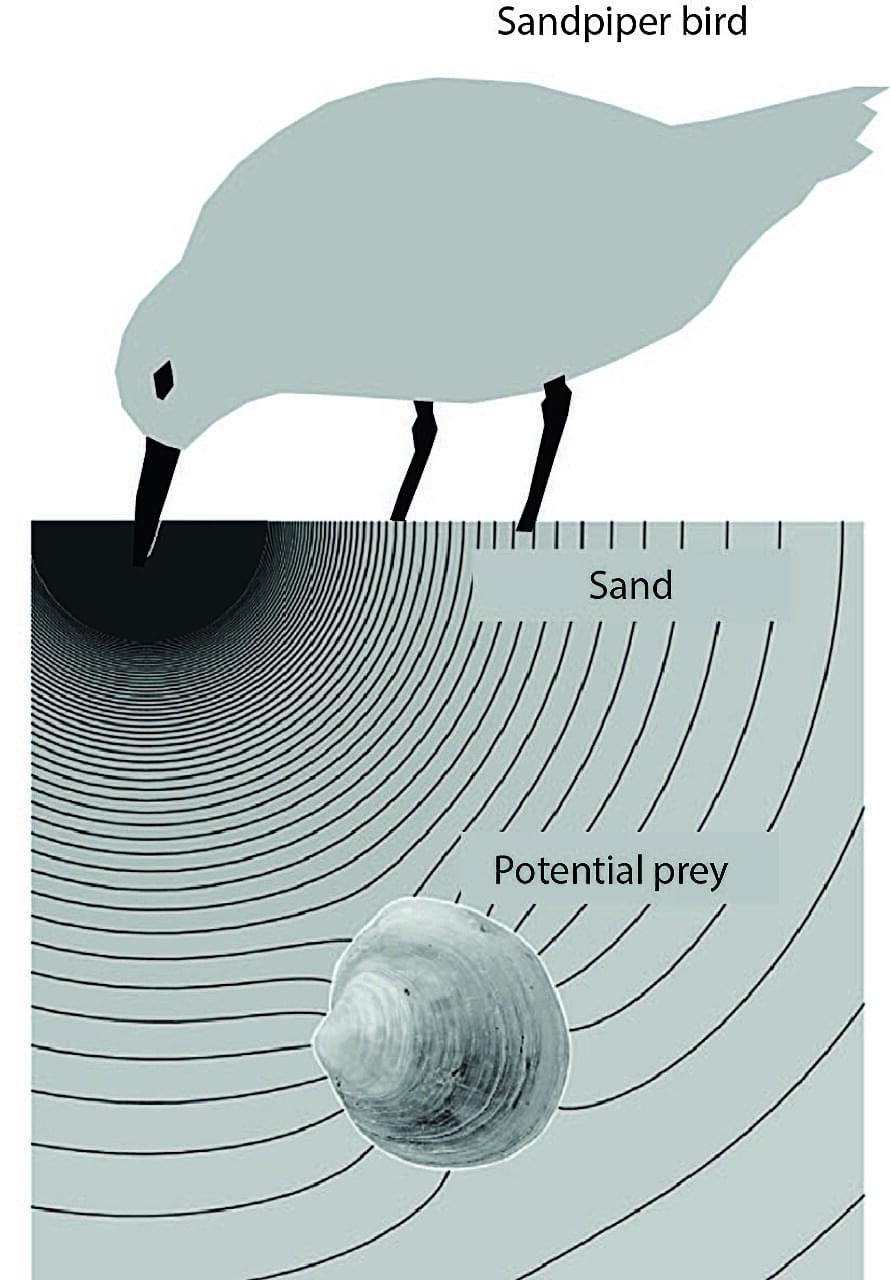
A study by researchers at Queen Mary University of London and University College London has found that humans have a form of remote touch, or the ability to sense objects without direct contact, a sense that some animals have.
Human touch is typically understood as a proximal sense, limited to what we physically touch. However, recent findings in animal sensory systems have challenged this view. Certain shorebirds, such as sandpipers and plovers, use a form of “remote touch” to detect prey hidden beneath the sand. Remote touch allows the detection of objects buried under granular materials through subtle mechanical cues transmitted through the medium, when a moving pressure is applied nearby.
The study in IEEE International Conference on Development and Learning (ICDL) investigated whether humans share a similar capability. Participants moved their fingers gently through sand to locate a hidden cube before physically touching it. Remarkably, the results revealed a comparable ability to that seen in shorebirds, despite humans lacking the specialized beak structures that enable this sense in birds.
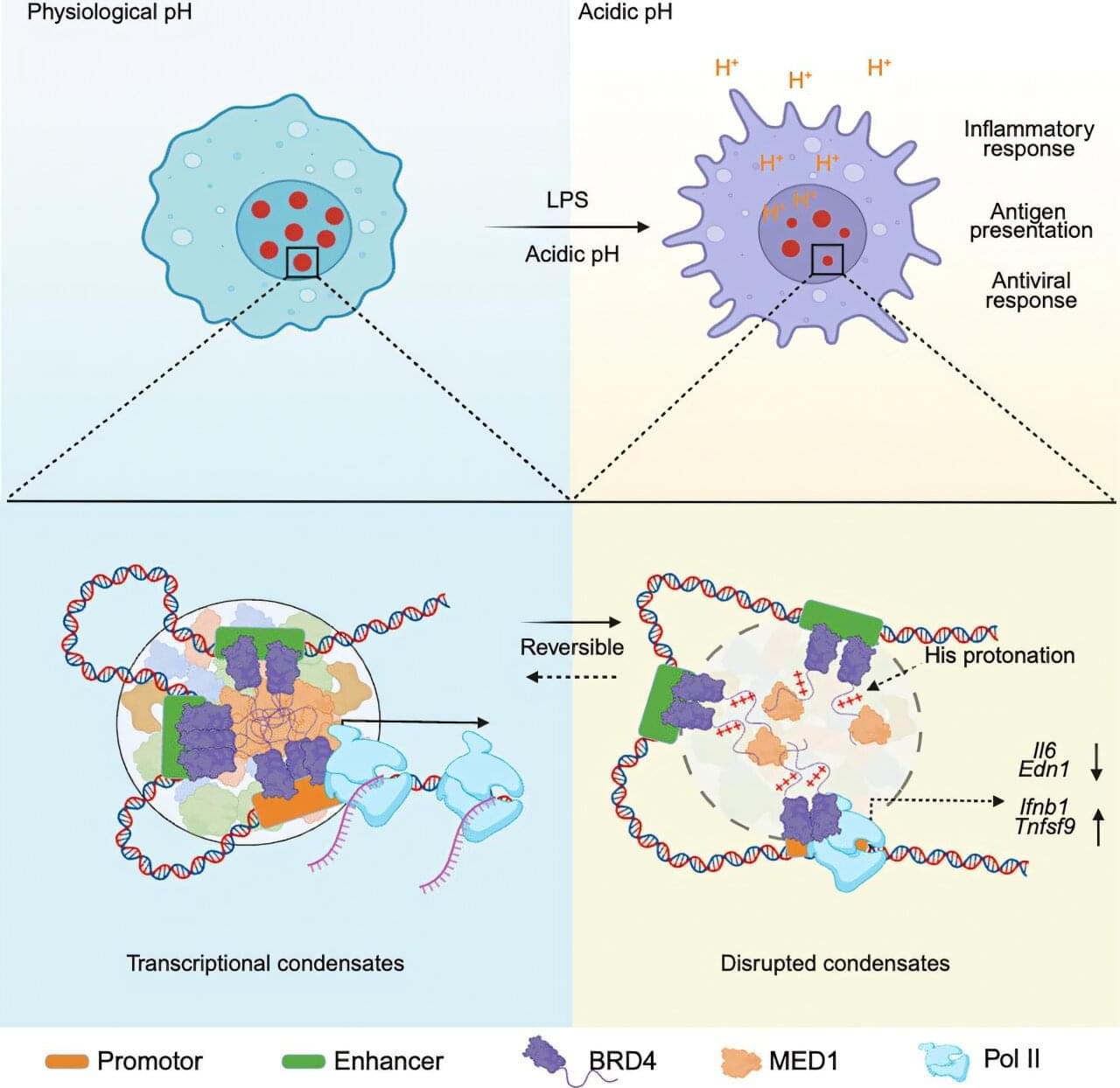
It started with wine. Or more precisely, a conversation about it. “My colleagues and I were talking about how some people think drinking wine may be anti-inflammatory,” recalls Xu Zhou, Ph.D., from the Division of Gastroenterology, Hepatology, and Nutrition at Boston Children’s Hospital. “There’s no scientific ground for that, but we know wine is acidic.”
Around the same time, Zhou and his team were exploring a broader blind spot in immunology: the role of the tissue microenvironment (such as pH, oxygen, and salt concentration) in shaping immune function. While most research had focused on cellular messengers like cytokines, Zhou was curious about how the physical and chemical makeup of tissues might influence immune cells, especially in disease.
Inspired by their wine conversation and intrigued by these overlooked components, Zhou’s team launched a study to investigate how acidity affects immune cells. Their findings, published in Cell, show that a drop in pH can suppress immune responses by disrupting a protein called BRD4—an important regulator of gene activity in immune cells. That small chemical shift could have big implications for treating inflammation-related diseases.

Here, Richard Bucala & team show combined anti-MIF and anti–PD-1 reduces tumor growth and improves survival in melanoma and colorectal cancer mouse models:
The figure shows tumor regions of necrosis, immune infiltration, and reduced tumor volume in mice treated with MIF and PD-1.
1Yale Cancer Center, Department of Internal Medicine, and.
2Section of Rheumatology, Allergy & Immunology, Department of Internal Medicine, Yale School of Medicine, New Haven, Connecticut, USA.
3Department of Medicine, Trinity College Dublin, Dublin, Ireland.
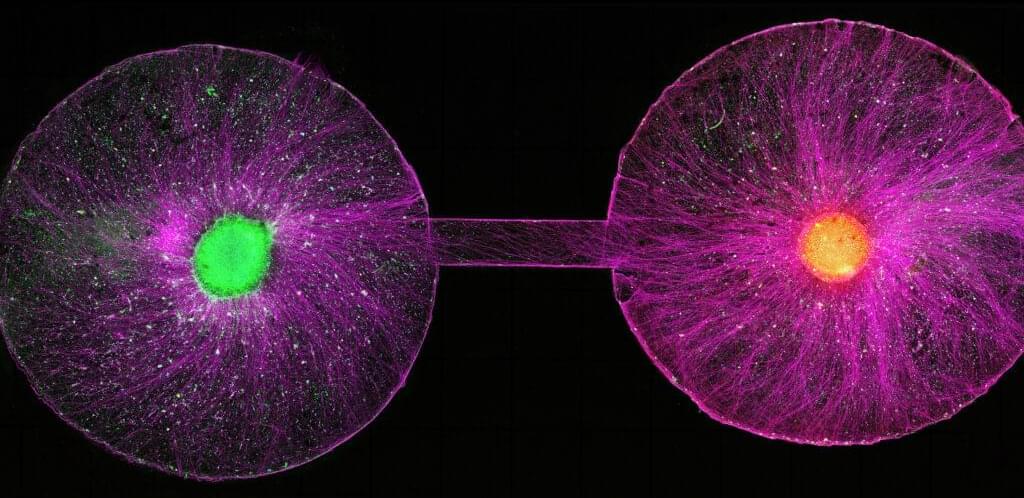
In an effort to address these ethical grey areas, 17 leading scientists and bioethicists from five countries are urging the establishment of an international oversight body to monitor advances in the rapidly expanding field of human neural organoids and to provide ethical and policy guidance as the science continues to evolve. The call to action, published Thursday in Science, comes as U.S. government agencies are making new investments in organoid science aimed at accelerating drug discovery and reducing reliance on animal models of disease.
In September, the National Institutes of Health announced $87 million in initial contracts to establish a new center dedicated to standardizing organoid research. The move followed an earlier pledge by both the NIH and the Food and Drug Administration to reduce, and possibly replace, testing on mice, primates, and other animals with other methods — including organoids and organ-on-a-chip technologies — for developing certain medicines.
Government promotion of human stem cell models more broadly will only increase the recruitment of new researchers into the field of neural organoids, which has seen an explosion from a few dozen labs a decade ago to hundreds around the world now, said Sergiu Pasca, a pioneering neuroscientist and stem cell biologist at Stanford University who co-authored the Science commentary.
